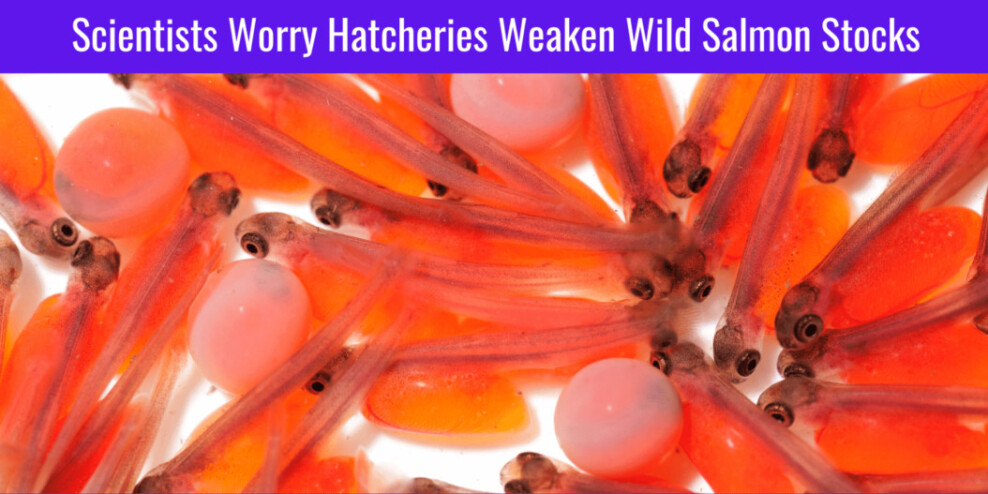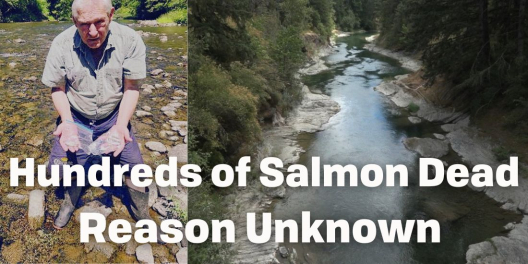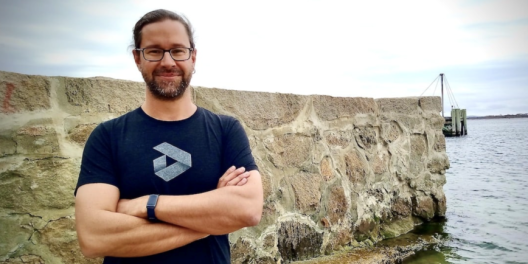The federal government is committing nearly $650 million in funding to save a collapsing Pacific salmon population that has seen some stocks drop by as much as 90 percent.
The money, part of the April 19 budget announcement, is to bankroll a five-year plan dubbed The Pacific Salmon Strategy. It will focus on four priorities conservation and stewardship, hatcheries, harvest transformation, and integrated management.
“It’s to make sure that we’re able to have a long-term sustainable fishery on the west coast and in Yukon,” said Fisheries Minister Bernadette Jordan in a story reported June 8 by CBC News. “We are at a moment in time here where we can’t wait any longer. We’re seeing declines of some stocks of up to 90 percent.”
One of the first steps will see Ottawa dumping an additional $100 million into the BC Salmon Restoration and Innovation Fund to fast-track salmon habitat restoration work. In the announcement, Ottawa also promised to start planning new hatcheries to support at-risk salmon stocks.
But, as always, the devil will be in the details.
Aaron Hill, executive director of the Watershed Watch Salmon Society, says the feds’ financial commitment is impressive, but on its own, won’t be enough to recover the many B.C. salmon populations that have collapsed. Habitat loss, climate change, fish farming, and overfishing are pushing native salmon to the brink.
While Hill welcomes the announcement, he says the success of the funding commitment will depend on how it’s spent. Getting resources into local communities, First Nations, and stream keeper groups will be essential. So is ensuring that the feds follow through with commitments to end open-net pen salmon farming on the B.C. Coast.
The biggest priority, Hill says, needs to be recovering those chinook, sockeye and other salmon populations already on the endangered species list.
“There’s a legal requirement for the minister to implement recovery plans,” says Hill. “That’s the number one place they need to focus.” These recovery plans are supposed to create a comprehensive blueprint for tackling the biggest obstacles to survival for each salmon species — from restoring habitat and regulating fishing to minimizing how much wild populations are exposed to disease from salmon farms and the impact of weaker genes from hatcheries.
Hill says the major issue in B.C.’s Interior is fixing the over-extraction of water that is putting pressure on already-stressed salmon populations.
Hill is also among those calling for independent oversight at DFO to ensure the money gets put to best use. “We’ve seen two recent scandals where DFO managers suppressed and fiddled with advice from their own scientists,” said Hill, referring to recent media reports on the mouth-rot disease on salmon farms and recovery actions needed to save endangered Fraser River steelhead trout.
Both cases involved internal government documents obtained through the Access to Information and Privacy Act and revealed what Hill describes as “a culture of corruption” and “pandering to the fishing and salmon farming industries.”
“This money can do a lot of good for wild salmon if they put science and conservation first,” added Hill.









